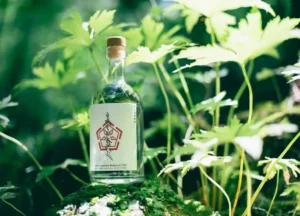Recently, Jun’s Kitchen took fans on a fantastic trip to the Sawahara Candy Factory in Kyoto. Jun, famous for his cooking videos and love for Japanese culture, offered viewers a rare look into the making of traditional Japanese candies. This unique journey also showed Kyoto’s hidden treasures and the rich history behind these sweets.
Table of Contents
ToggleThe Journey Begins
The video starts with Jun waiting at a small train station, surrounded by cherry blossoms. While waiting, he meets a friendly local who asks about his visit. Jun explains that he’s traveling to Kyoto to learn and share the candy-making process at Sawahara Factory. Their warm exchange sets a kind and welcoming tone for the adventure.
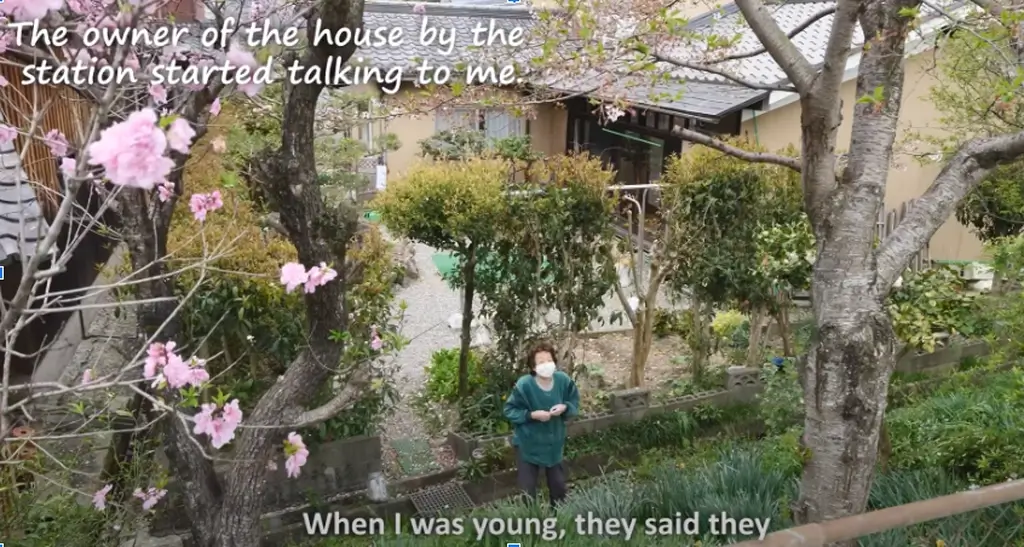
Jun begins a beautiful ride through Kyoto’s peaceful countryside when the train arrives. The scenic views of rolling hills and cherry blossoms make it clear that this trip is more than just about candy—it’s about experiencing Japan’s unique culture and traditions.
Arriving at Sawahara Candy Factory
Harumi Sawahara, the owner’s wife, greets Jun at the factory. She begins with a quick outdoor tour, showing a giant mizuame, or starch syrup. This syrup is key to the candy-making process; seeing it on a large scale highlights the factory’s expertise.

Inside, Jun meets Hajime Sawahara, the factory’s second-generation owner, and Ayumi Chikamoto, the founder of Sakuraco. Together, they explain how traditional techniques are kept alive while introducing modern ideas to the business.
The Art of Candy-Making
Hajime-san walks Jun through the candy-making process. The syrup is carefully heated to just the right temperature—120°C (250°F)—before it’s cooled on a table. Workers use tools to stretch and fold the candy, sometimes more than 100 times, creating the smooth, stretchy texture needed for the final product.
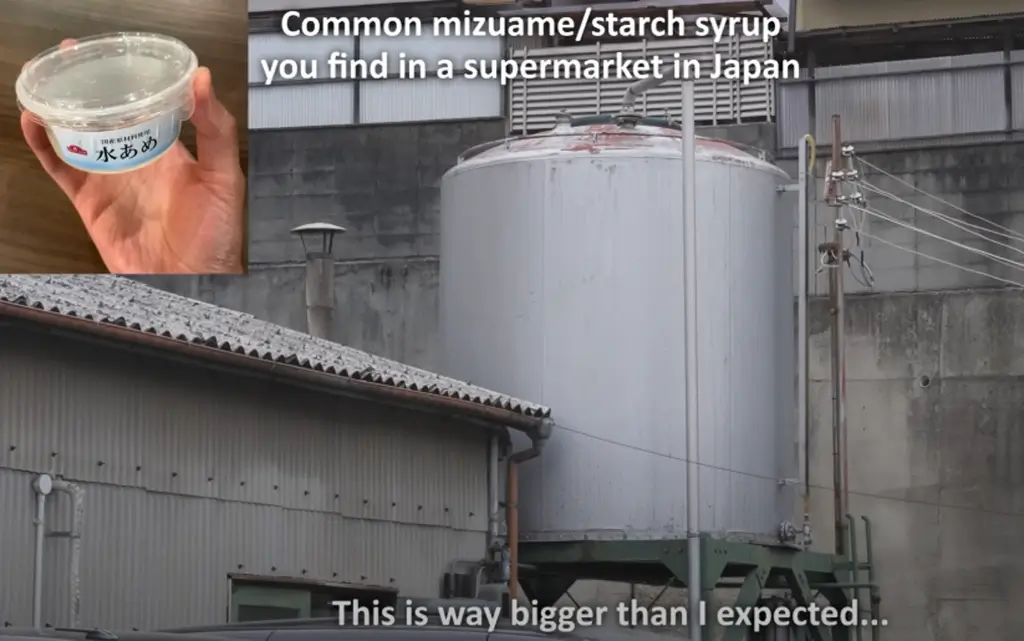
Colors and flavors, like sakura (cherry blossom), are added as powders. This step requires a lot of precision since even a tiny mistake, like overheating, can ruin the batch. Once everything is ready, the candy is shaped, cut, and packed. Each batch generally makes about 17,800 bags, adding to over 100,000 individual pieces.
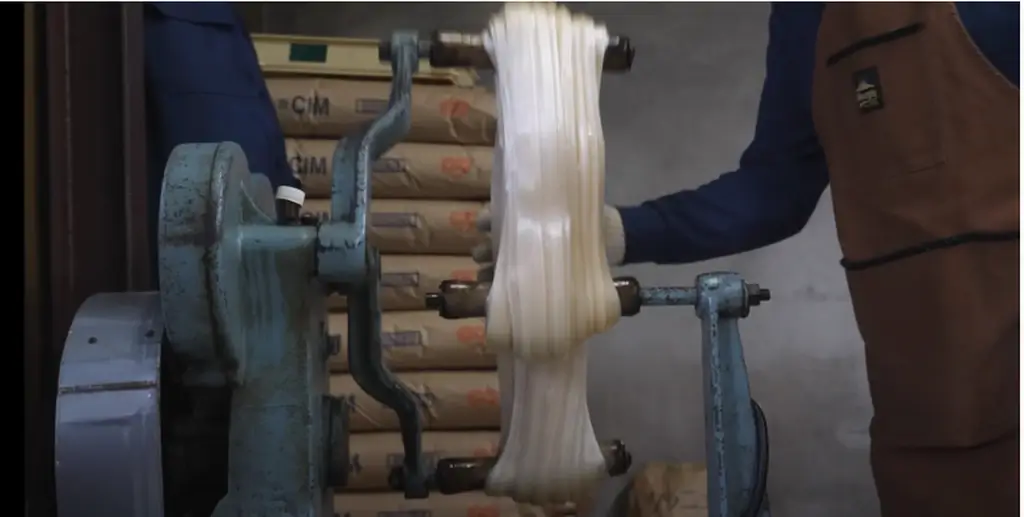
Sakura Candy: A Taste of Spring

One of Sawahara’s specialties is sakura candy. Inspired by Jun’s wife, this candy captures the beauty and spirit of Japan’s cherry blossoms. Like sakura represents Japan worldwide, Jun hopes these candies can also do the same, sharing Japanese culture with people everywhere.
Family Legacy and Community Impact
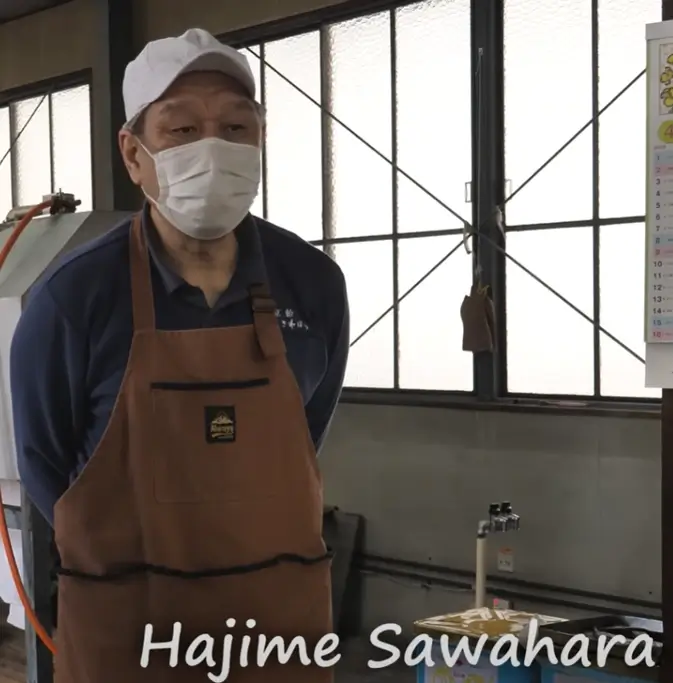
Hajime-san shares stories about his father, who started the factory, and how he works to keep the family tradition alive. He also mentors young people, teaching them the skills to continue this craft. By doing this, he helps preserve Japan’s candy-making heritage for future generations.
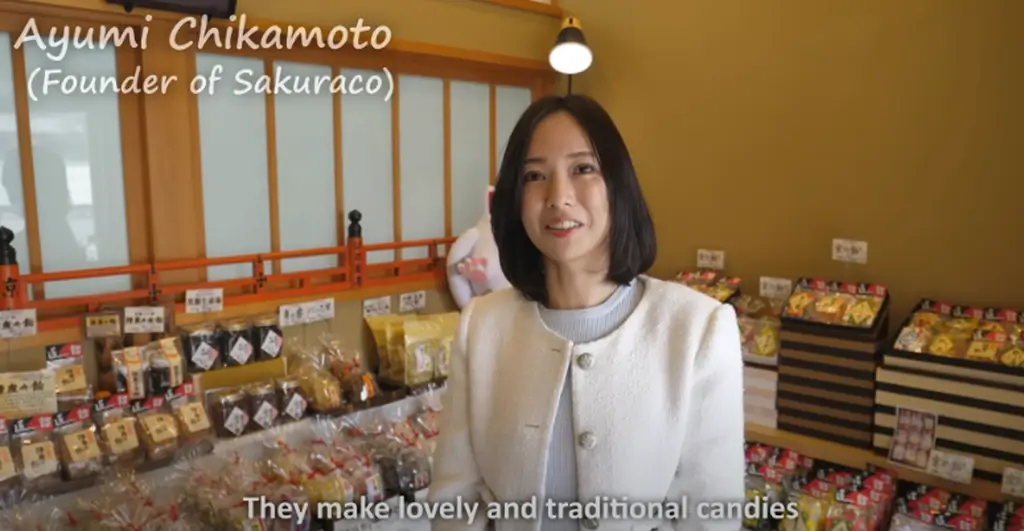
Ayumi Chikamoto of Sakuraco explains why Jun’s Kitchen and Sawahara Candy Factory make a great team—both value quality, tradition, and sharing Japanese culture with a global audience. By including Sawahara’s candies in Sakuraco’s subscription boxes, Ayumi ensures these traditional sweets reach people worldwide.
Exploring Kyoto’s Hidden Gems
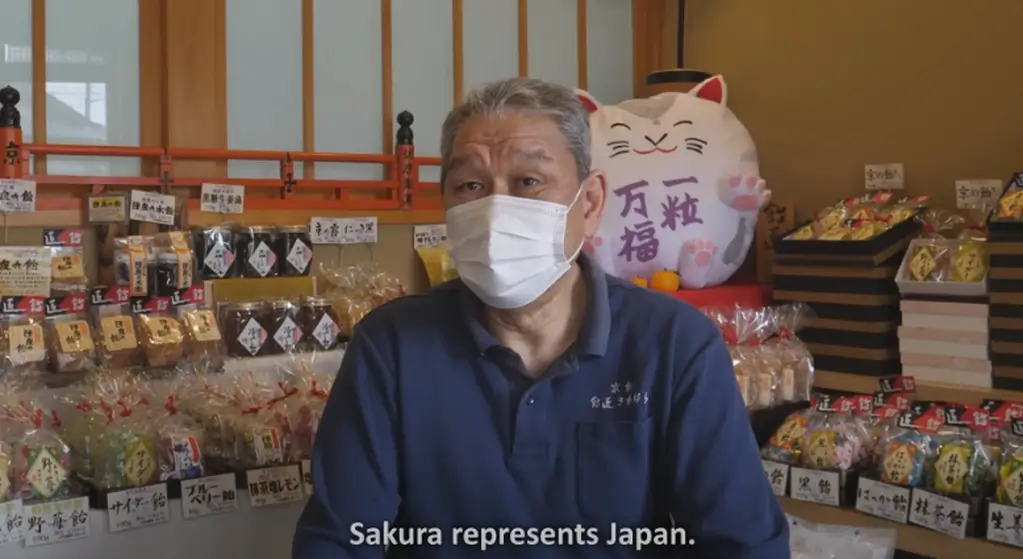
After the tour, Hajime-san takes Jun and Ayumi to explore the area around the factory. They visit hidden shrines, quiet forest paths, and other spots mainly known to locals. These peaceful places look like they’re straight out of a Studio Ghibli movie, revealing a side of Kyoto many travelers miss.
Jun’s Kitchen: Sharing Japanese Culture
Jun’s Kitchen is more than just a cooking channel. It’s a way to share Japan’s beauty and traditions. Through this collaboration with Sawahara, Jun highlights the art of candy-making and the lesser-known parts of Japanese culture. Curiosity and a love for authenticity fuel his storytelling, making every video a unique and enjoyable experience.
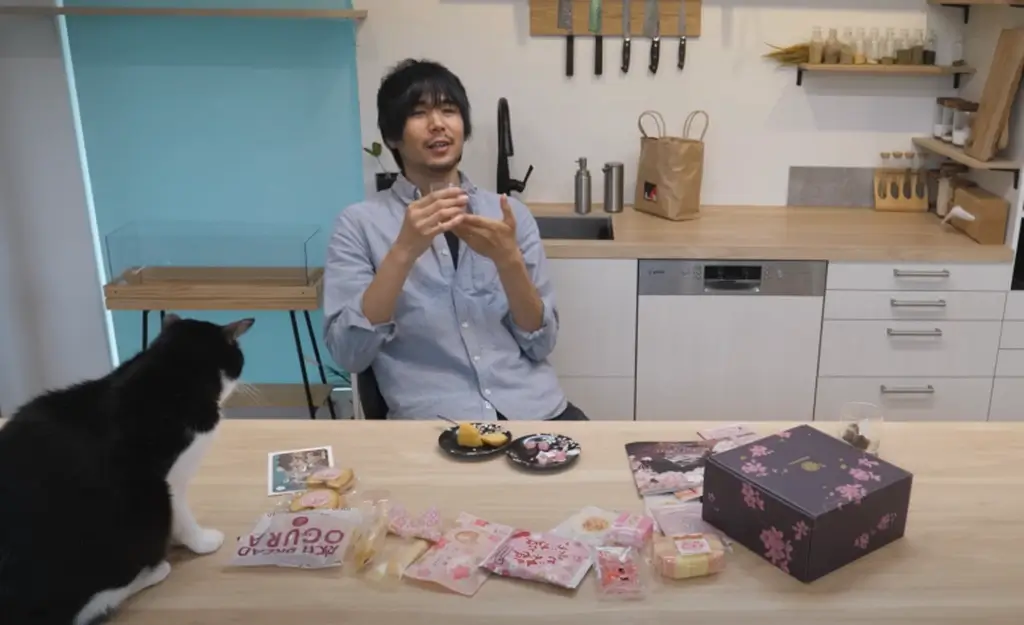
What makes the Sawahara Candy Factory Unique?
Visiting the Sawahara Candy Factory shows the dedication and passion behind traditional Japanese sweets. Jun’s Kitchen again gives viewers an up-close look at Japan’s rich cultural heritage. From learning how candy is made to exploring Kyoto’s hidden gems, this journey is inspiring and unforgettable. Whether you’re a fan of Jun’s Kitchen or just curious about Japan, this video is a must-watch. It reminds you how food, culture, and tradition unite people and create something special.





